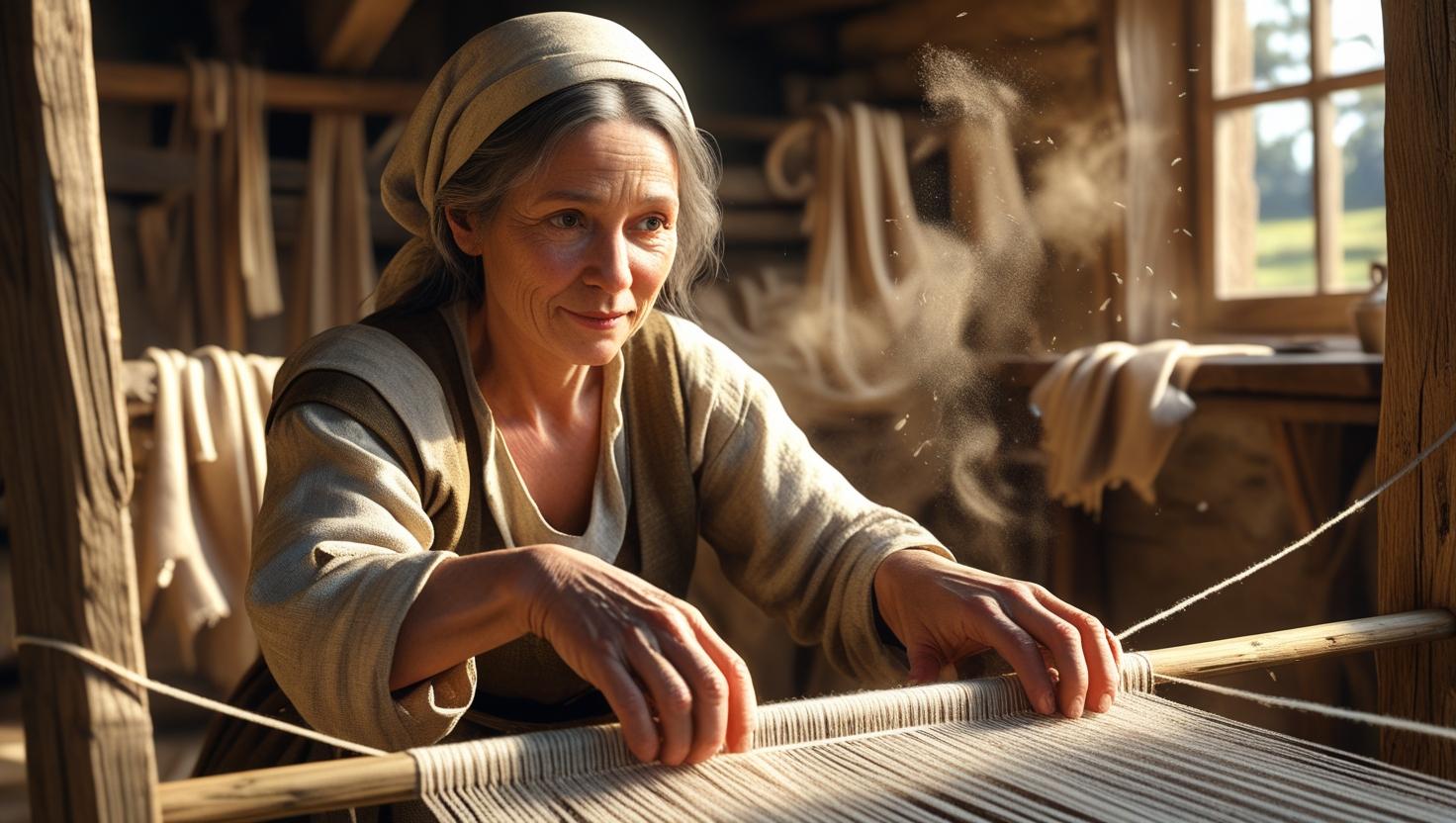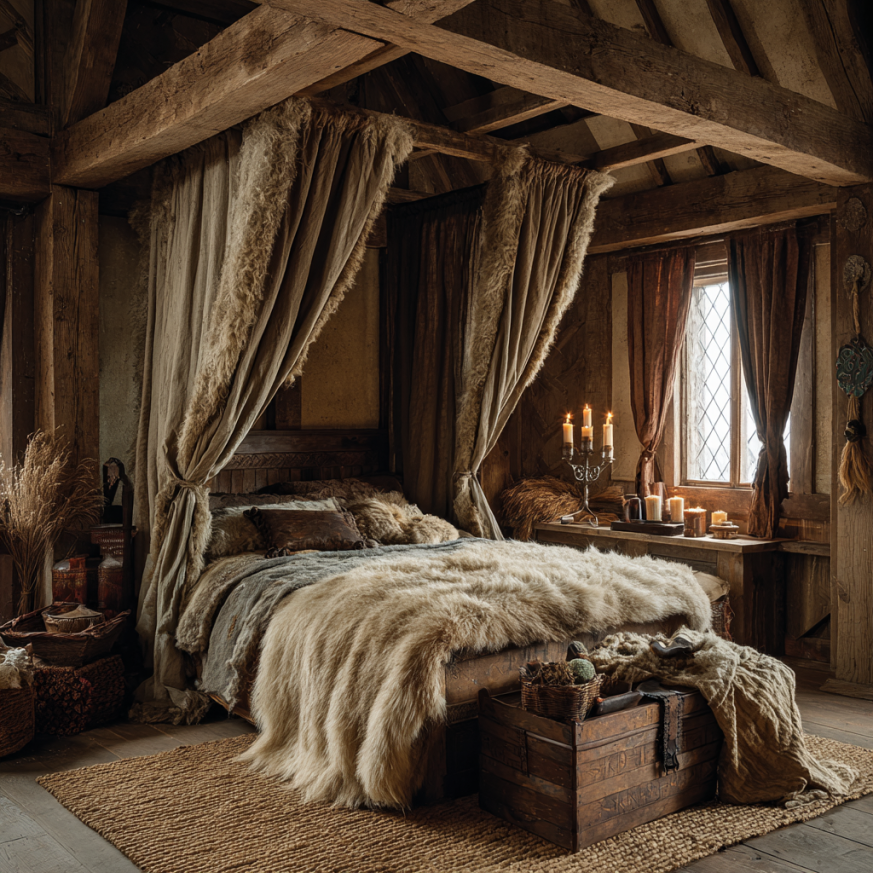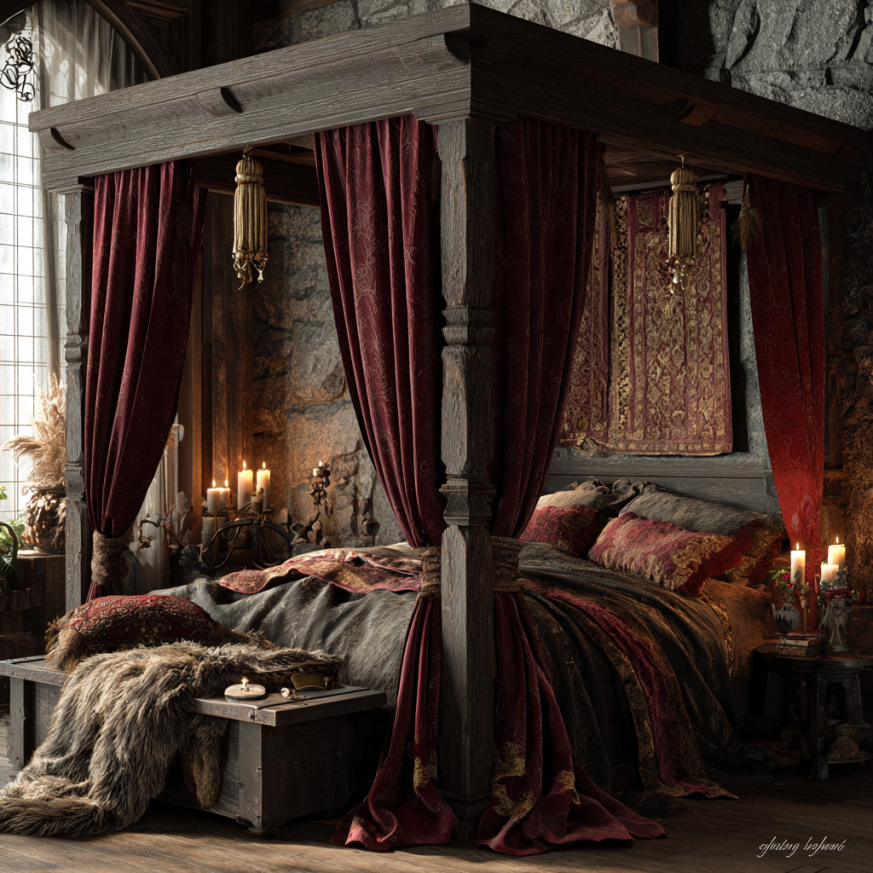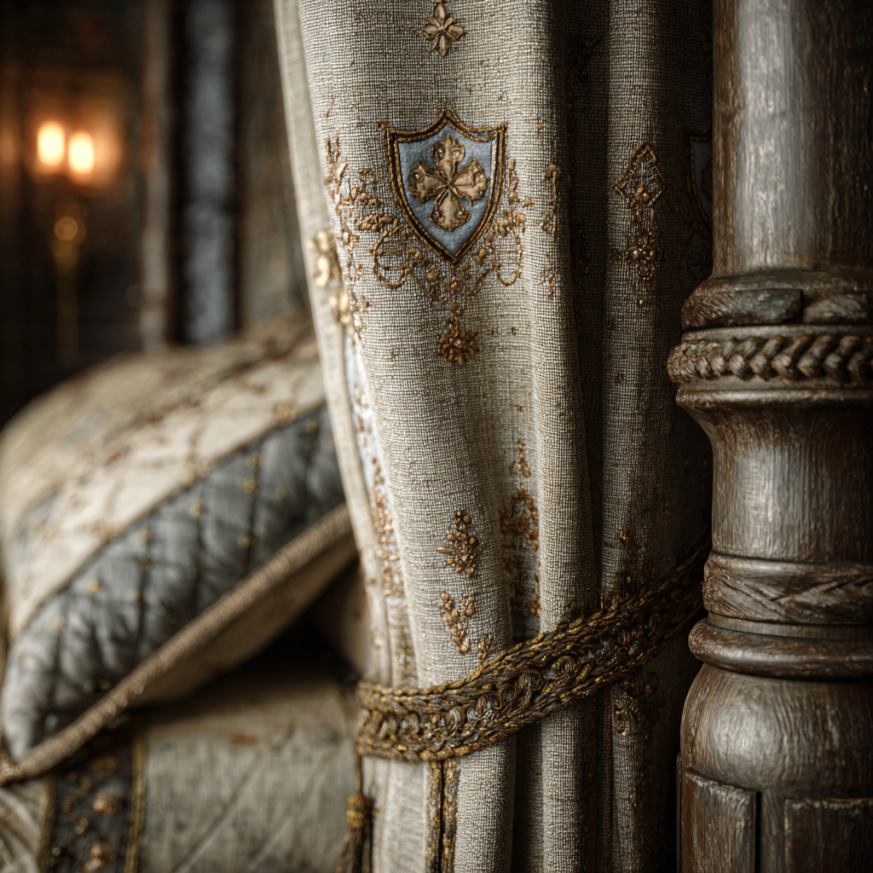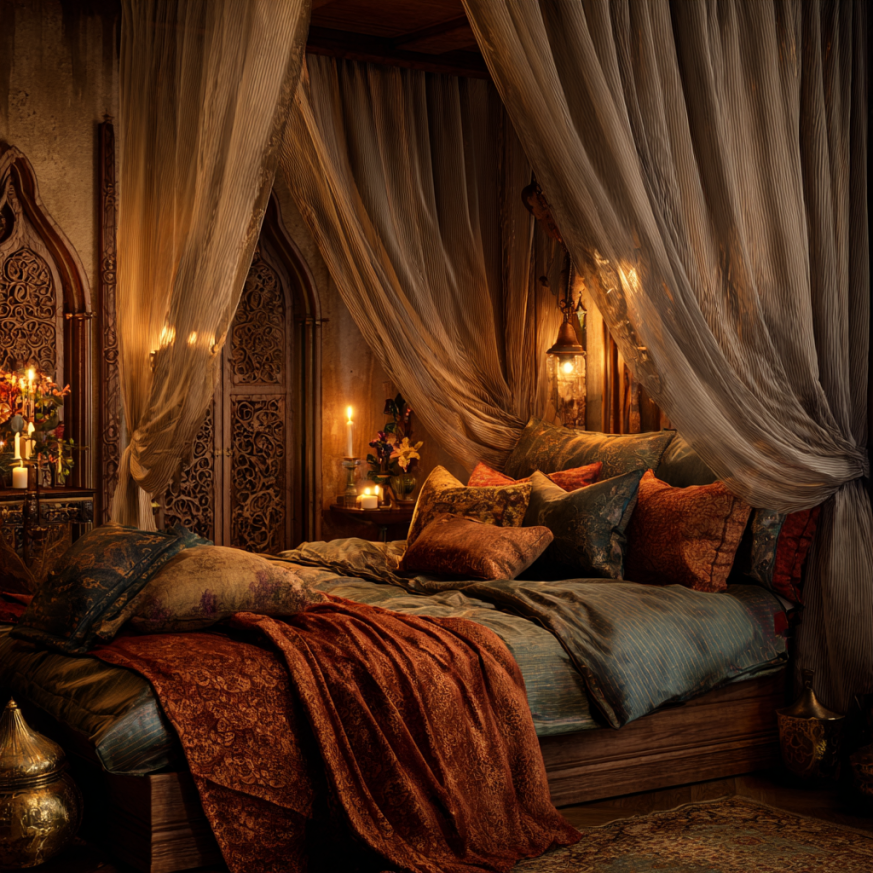Queen Mattress Bed Frame: How to Choose the Perfect One for Your Home
Looking for the perfect queen mattress bed frame? This warm, practical guide walks you through sizes, materials, features, style choices, and setup so you can confidently pick a frame that fits your room, sleep needs, and budget.
“`
Key Takeaways: Queen Mattress Bed Frame
- Measure first: A queen mattress is typically 60″ x 80″; most frames add 2–5 inches to width and length.
- Match support to mattress: Slats suit most foam and hybrid beds; use a foundation only if your warranty requires it.
- Pick materials with intent: Wood brings warmth, metal maximizes durability, and upholstered frames add softness and sound-dampening.
- Plan features: A queen mattress bed frame with drawers or lift-up storage is ideal for smaller rooms.
- Style smart: Choose finishes and heights that complement your décor and make daily life easier.
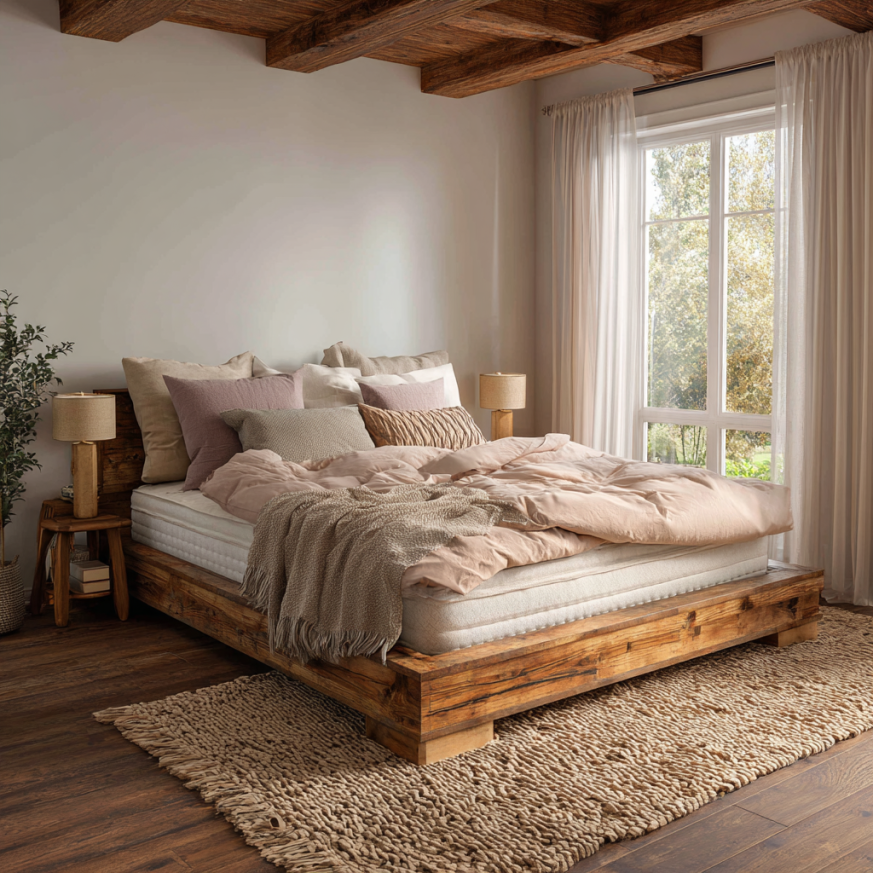
Why Choose a Queen Size?
Answer first: A queen gives couples comfortable sleeping space while still fitting most primary and guest bedrooms. The footprint balances comfort, cost, and room flow better than many larger options.
For most homes, a queen strikes the sweet spot between the snug footprint of a full and the sprawl of a king. You gain enough width for two sleepers without overwhelming mid-sized rooms. To confirm exact mattress dimensions, see the Sleep Foundation’s guide (Queen Size Bed Dimensions). If you’re optimizing for tight hallways, studios, or small guest rooms, compare full vs. queen sizing here (Full vs. Queen Comparison).
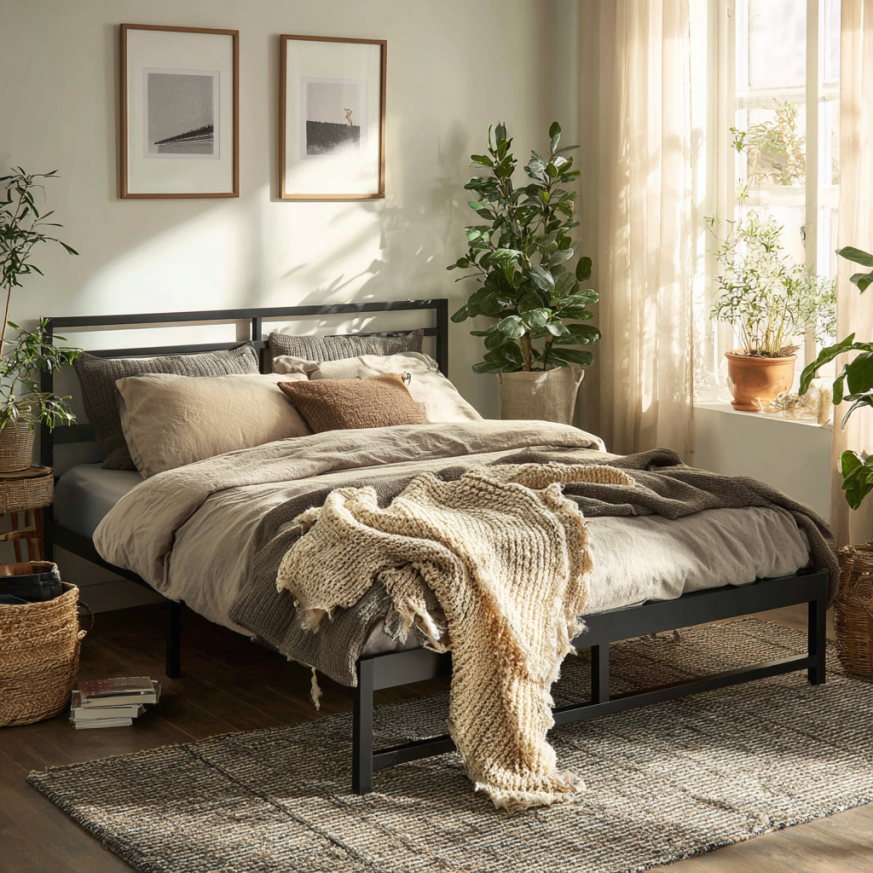
Measure & Space Plan (So It Actually Fits)
Answer first: Measure the room, doorways, and path to the bedroom; then add 2–5 inches beyond 60″ x 80″ to account for the frame itself.
Start with your room: leave at least 24–30 inches of walkway space on each accessible side. Frames typically add bulk beyond the mattress perimeter—platform rails, headboards, and footboards can extend total length and width to about 62–65″ x 82–85″ for many queens (What Size Is a Queen Bed Frame?). If you’re working with alcoves or low ceilings, consider low-profile designs for a lighter visual footprint.
Need a fit-focused breakdown? Try our internal Queen Bed Frame Fit Guide and Queen Bed Frame Length Explained for measurements, clearances, and layout tips.
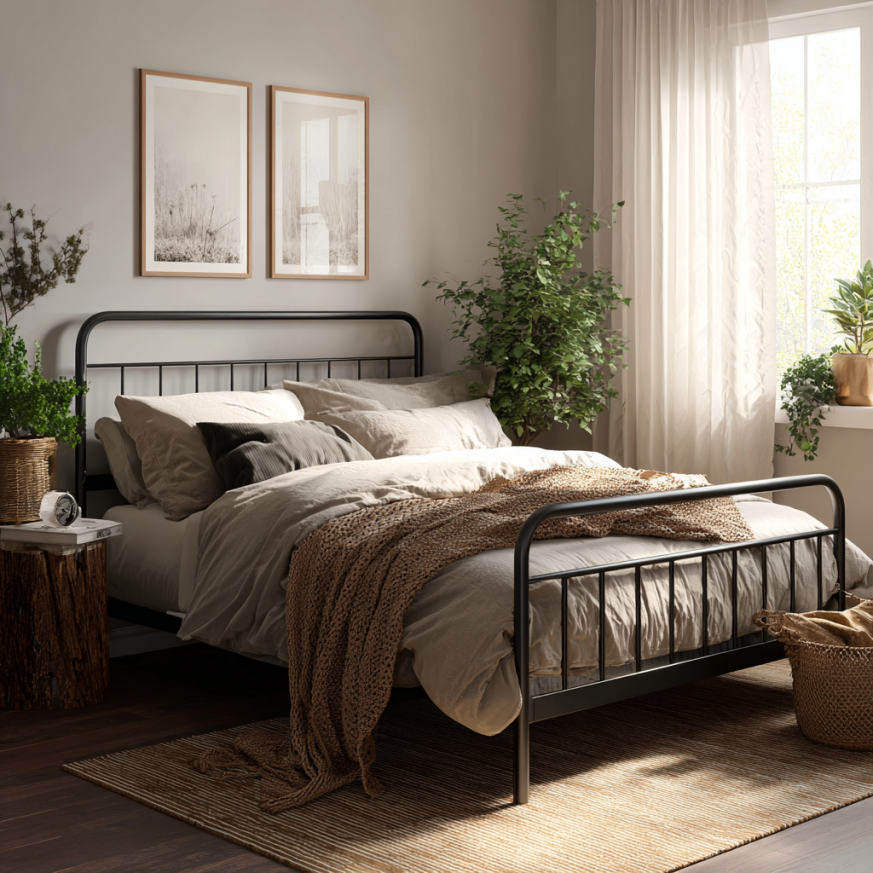
Choose the Right Support for Your Mattress
Answer first: Most foam and hybrid mattresses work best on slats or a solid platform; some spring models may need a box spring or foundation—always check your warranty.
Slatted designs allow airflow and stable support for many foam and hybrid beds. Solid platforms deliver a firmer feel and sleek look. Box springs are less common with modern foam—but some brands require a specific foundation to protect your warranty; see Sleep Foundation’s explainer (Do You Need a Box Spring?).
Need help pairing? Our guide on How to Choose a Sturdy Bed Frame outlines weight limits, center supports, and slat spacing so your queen mattress bed frame feels rock solid.
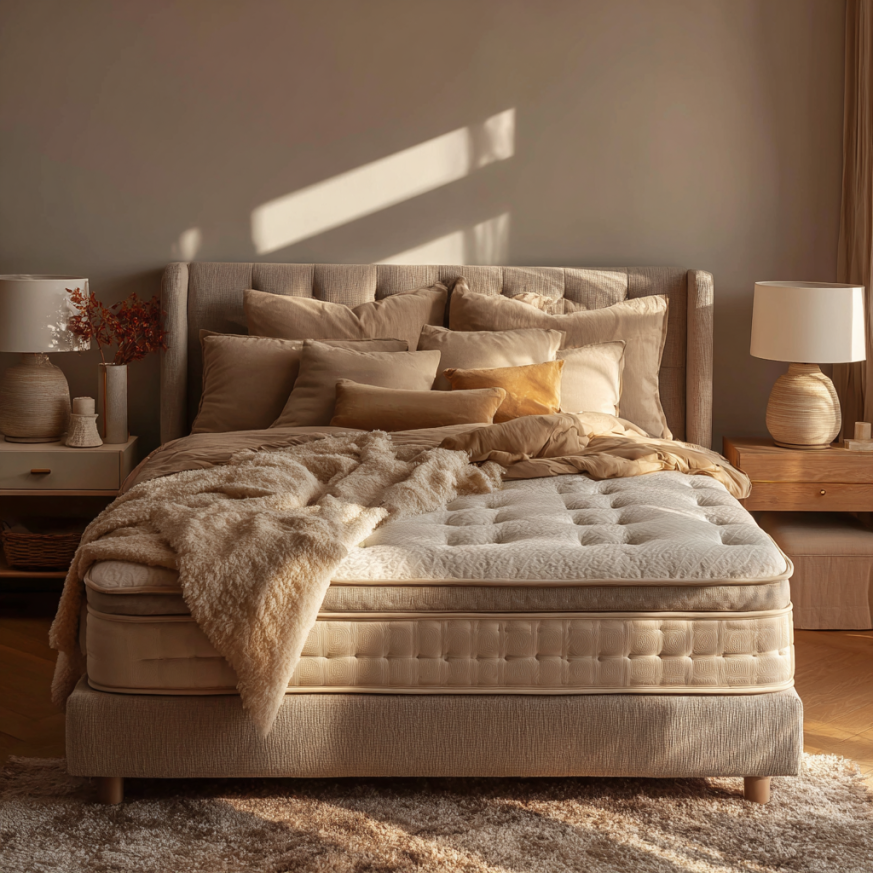
Materials & Build: Wood, Metal, or Upholstered?
Answer first: Wood brings warmth and longevity, metal maximizes durability and value, and upholstered frames offer softness, sound dampening, and a cozy, designer look.
Wood: Timeless, repairable, and often quieter with the right joinery. Consider hardwoods for strength and a classic finish. Start with our Bed Frame Materials Guide or weigh options in Metal vs. Wood Bed Frame.
Metal: Great value and slim profiles. Look for center legs and cross-bracing to curb flex and squeaks. If creaks are a concern, see Noise-Free Bed Frames and Stop a Metal Bed Frame from Squeaking.
Upholstered: Soft edges, added comfort, and a polished hotel feel. Fabric choices can complement eco-conscious sheets, sustainable bedding, and other organic bedding if you’re styling for a greener bedroom.

Frame Types & Features (Pick What You’ll Actually Use)
Answer first: Platform frames are low-maintenance; storage frames organize tight rooms; adjustable bases elevate comfort for reading and recovery.
Platform: Simple, sturdy, and box-spring-free. Learn more in Platform Beds: Benefits & Styles.
Storage: Drawers or lift-up platforms add cubic feet of space—lifesaver for apartments and shared closets.
Adjustable: Split-adjustable setups pair well with a queen mattress bed frame that houses or conceals the base. See our Adjustable Bed Frames primer.
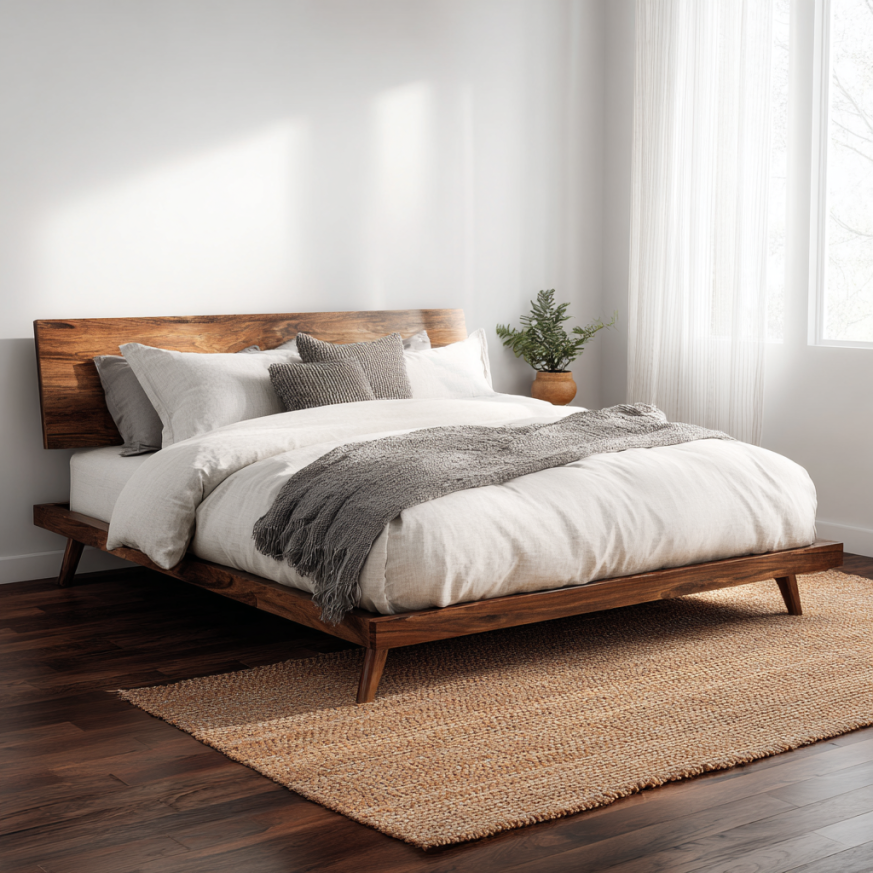
Style & Decor: Make It Yours
Answer first: Choose a frame height and finish that fits your palette and makes daily life easier—sitting, reading, and changing sheets should all feel effortless.
Match frame finishes to your room tones for harmony, or contrast for drama. Upholstered frames soften acoustics and add texture; wood frames can tie together nightstands and dressers. For palette ideas that complement a queen mattress bed frame, browse Better Homes & Gardens’ bedroom color schemes (30 Brilliant Bedroom Color Schemes) or soothing picks (Soothing Bedroom Paint Colors). For frame inspiration, Parachute Home’s guide has timeless options (Bed Frame Ideas).

Budgeting & Quality Checks
Answer first: Decide your must-have features first, then choose the highest-quality build you can afford—center support, sturdy slats, and reliable joinery are worth it.
Prioritize structural details: solid wood rails or heavy-gauge metal, center support legs, slat spacing (often 2–3 inches for many foam warranties), and durable upholstery. If you’re choosing between materials, our comparison Comparing Bed Frames by Material highlights value, longevity, and maintenance needs for your queen mattress bed frame.

Eco-Minded Choices
Answer first: If sustainability matters, look for FSC-certified wood, low-VOC finishes, and textiles that pair well with organic bedding, sustainable bedding, and eco-conscious sheets.
Solid wood frames with certified sources and safe finishes reduce indoor emissions and can last decades. Upholstered frames with removable covers help you refresh the look without replacing the entire queen mattress bed frame. Pair with breathable, natural bedding to complete an eco-friendly sleep setup.

Quick Buying Checklist
Answer first: Use this checklist to move from “overwhelmed” to “ordered.” It covers size, support, materials, features, and style in a few clear steps.
- Room & path measurements: Confirm clearances, doorways, and hallways.
- Support type: Slats vs. platform vs. box spring per your mattress warranty.
- Material fit: Wood, metal, or upholstered for your lifestyle and décor.
- Features: Storage drawers, adjustable compatibility, or extra headboard height.
- Quality checks: Center support, slat spacing, joinery or weld quality.
- Style: Height, finish, and headboard shape that complements the room.
- Budget: Invest where it matters for a long-lasting queen mattress bed frame.

FAQ
- What size is a queen mattress and frame?
- A queen mattress is typically 60″ x 80″. Many frames add about 2–5 inches in both directions depending on the design.
- Do I need a box spring with a queen mattress bed frame?
- Not always. Many foam and hybrid beds prefer slats or a platform. Check your mattress warranty for required support.
- Which material is best for a queen mattress bed frame?
- Wood offers warmth and longevity, metal maximizes value and strength, and upholstered frames add comfort and a designer finish.
- Will a queen fit in a small room?
- Usually, yes—if you plan for walkways of at least 24–30 inches and choose a compact frame without bulky footboards.
- How long should a good frame last?
- With proper care and sturdy construction, many frames can last a decade or more.

Final Thoughts: Choosing Your Queen Mattress Bed Frame
The right queen mattress bed frame blends fit, support, materials, and style into a setup that makes sleep feel effortless. Measure carefully, match support to your mattress, and pick the features you’ll use every day. If you want more help, our editors at Cozy Bed Quarters curate frame ideas, support tips, and room-friendly layouts to guide your decision.
Related Reading
From Cozy Bed Quarters


